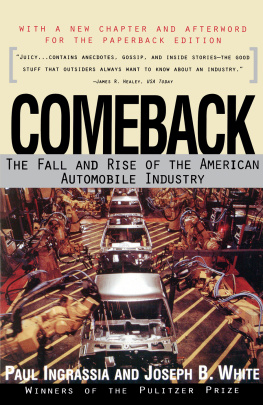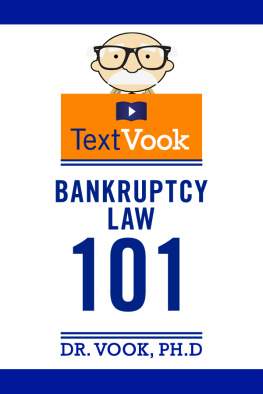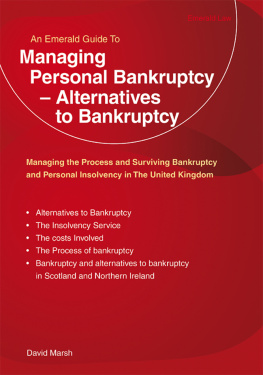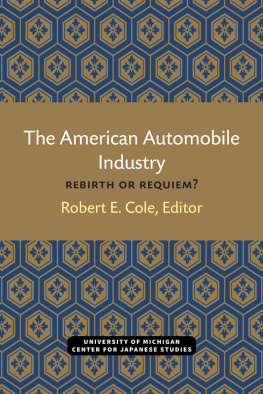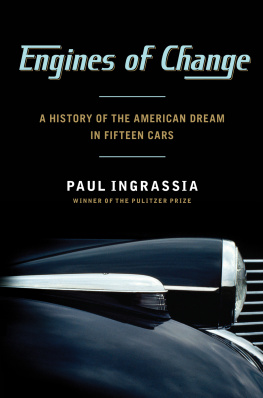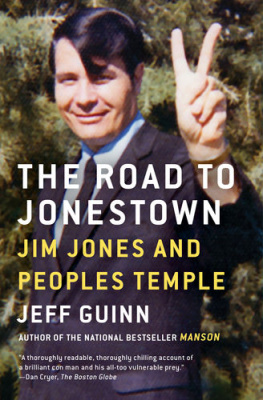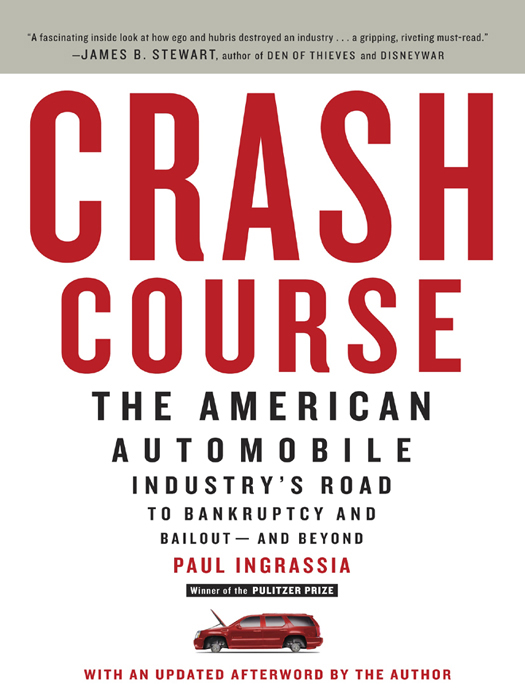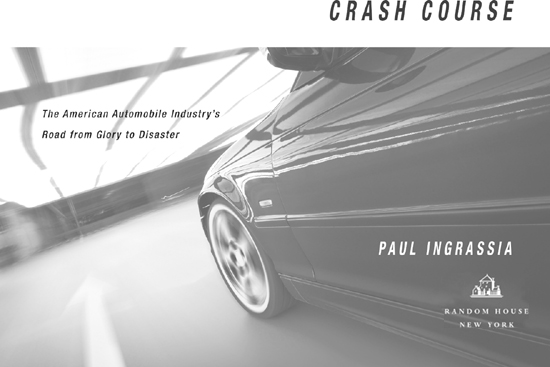Timeline
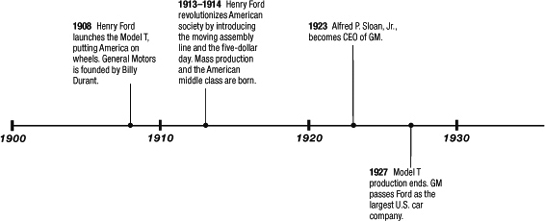
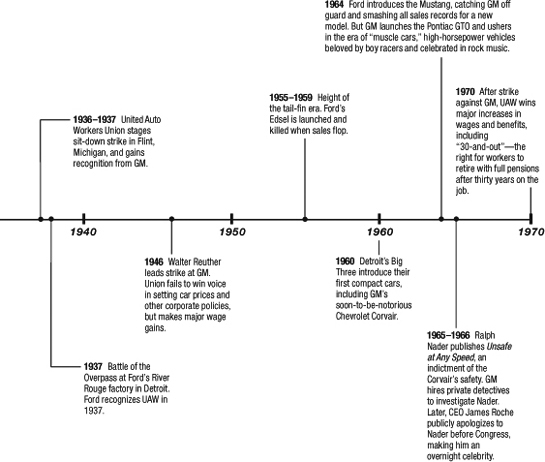
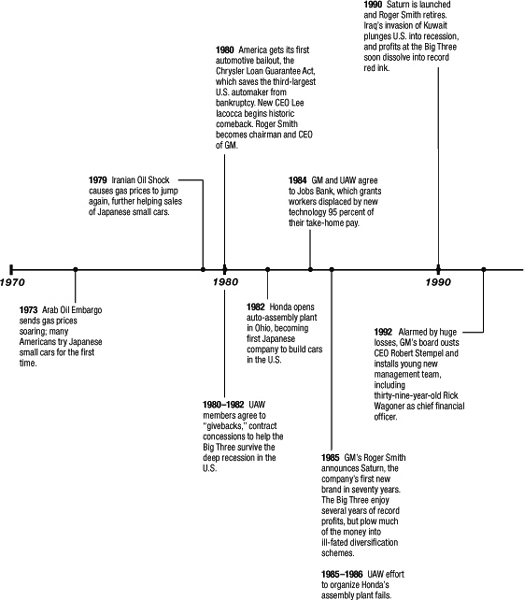

ONE
WHERE THE WEAK ARE KILLED AND EATEN
I t really wasnt intended to be a prophecy. It was just a smart-alecky T-shirt worn for years by local teenagers to annoy their parents and show their perverse pride in the Motor Citys tough-town image. It said: D ETROIT : WHERE THE WEAK ARE KILLED AND EATEN. But the menacing message seemed all too appropriate in the bleak winter of 20082009, when signs of weaknessindeed, desperationerupted everywhere in Detroit.
One bankrupt car-components company economized by servicing the bathrooms in its suburban headquarters only every other day. Some of the bathrooms ran out of toilet paper, prompting employees to hoard it or bring their own from home. In the city itself employment prospects were so bleak that some prisoners begged to stay in jail to get food and shelterthree hots and a cot, in the local parlance.
The citys battered economy was reflected on the football field, where the University of Michigan was enduring its first losing season in forty years, and the Detroit Lions were plummeting to pro footballs first 016 season. During their 4710 drubbing on Thanksgiving Day 2008, fans unfurled a banner reading BAIL OUT THE LIONS. It was a gallows-humor reference not only to the football team but also to the weakest teams in townGeneral Motors, Ford, and Chrysler.
Since the beginning of the century Americas Big Three car companies, bleeding from more than $100 billion in losses in four years, had shed more than 333,000 employees, enough to populate the city of Cincinnati. In November 2008 GMs stock closed below $3 a share for the first time since 1946, when Harry Truman was president. To conserve cash, the company ended its nine-year endorsement deal with golfer Tiger Woods, who was making more money than GM anyway. That same month Detroits automakers went to Washington to beg Congress for a bailoutin a last-ditch effort to avoid another b-word, bankruptcy.
Their potential demise marked a shocking reversal of fortune for companies that had been defining forces in shaping America and indeed the world. Detroits manufacturing muscle had helped win World War II and underpinned U.S. economic hegemony in the postwar Pax Americana. The companies had made Detroit the Silicon Valley of the mid-twentieth century, a place of economic opportunity, where hillbillies from Appalachia and sharecroppers from the South could break out of poverty and grab a piece of Americas bounty.
Ford had invented mass manufacturing and, with it, the car that had put the country on wheels, bringing mobility to the masses and freeing multitudes of American farmers from the drudgery of rural peasantry. Henry Fords Model T had been the first peoples car and had indirectly inspired the development of another peoples car: the Volkswagen Beetle.
General Motors, in turn, had pioneered mass marketing, with a hierarchy of brands ranging from the practical Chevrolet to the prestigious Cadillac that fit Americans on all rungs of the socioeconomic ladder. GM also had developed the organizational principlesdecentralized operations subject to central financial controlthat would underpin virtually every corporation in America and the world. GM scientists had invented the room air conditioner and the mechanical heart pump. And in 1955 GM had become the worlds first company to earn more than $1 billion in a single year.
That General Motors could go bankrupt seemed as unlikely as, say, Americas banks going broke or a black man being elected president of the United States. But in fact all three of those thingsone a historic breakthrough, the other two historic breakdownswould happen in the mind-numbing months between late 2008 and mid-2009. In the end the bailout of Americas banks would cost seven or eight times as much as rescuing Detroit, but the emotional impact would be nowhere near as deep.
It was cars, after all, not banks, that Americans celebrated in books, movies, and music. The Beach Boys memorable 1963 song was Little Deuce Coupe, not Little Deuce Coupon, and Wilson Picketts hit three years later was Mustang Sally, not Mustang Sallie Mae.
Millions of Americans cherished the memories of the 1950s tail fins, the 1960s muscle cars, and their own sexual and other escapades in the automobiles of their youth. A typical episode occurred in Kalamazoo, Michigan, in 1969, when two boys driving a hot new Ford Mustang pulled out of a local Chicken Charlies drive-in, tailed by girls driving a Plymouth Barracuda. It was showtime. When the Mustangs driver hit the accelerator, the car literally flew over a blind hill and momentarily went airbornejust as it was passing a parked policeman. The cop must have been startled, because when he pulled the boys over, he had hot coffee spilled on his uniform. Thousands of such incidents, all across America, would inspire Hollywood a few years later to make a movie called American Graffiti.
By the end of the twentieth century Americas love affair with the automobile had evolved into an infatuation with the sport-utility vehicle, or SUV, designed for traversing off-road terrain, although few people actually took it there. The vehicles unlikely popularity made it fitting that on December 7, 2008, Detroits greatest hour of need, three gleaming white onesa Chevrolet Tahoe, a Ford Escape, and a Dodge Aspenwere parked like sacred icons at the altar for a special service at the Greater Grace Temple Pentecostal Church on Detroits northwest side.
It happened to be the sixty-seventh anniversary of Pearl Harbor, but the service wasnt to pray for deliverance from Japanese dive-bombers or torpedo planes. Instead it was to beseech relief from Toyota Camrys and Honda Accords, whose wide popularityon top of Americas financial crisiswas a critical cause of Detroits affliction. A vice president of the United Auto Workers led prayers for a congressional bailout and gave the worshipers a benediction for the occasion. We have done all we can do in this union, he said, so Im going to turn it over to the Lord.
The presiding prelate at the service intoned: We have never seen as midnight an hour as we face this week. Lives are hanging above an abyss of uncertainty as both houses of Congress decide whether to extend a helping hand.


